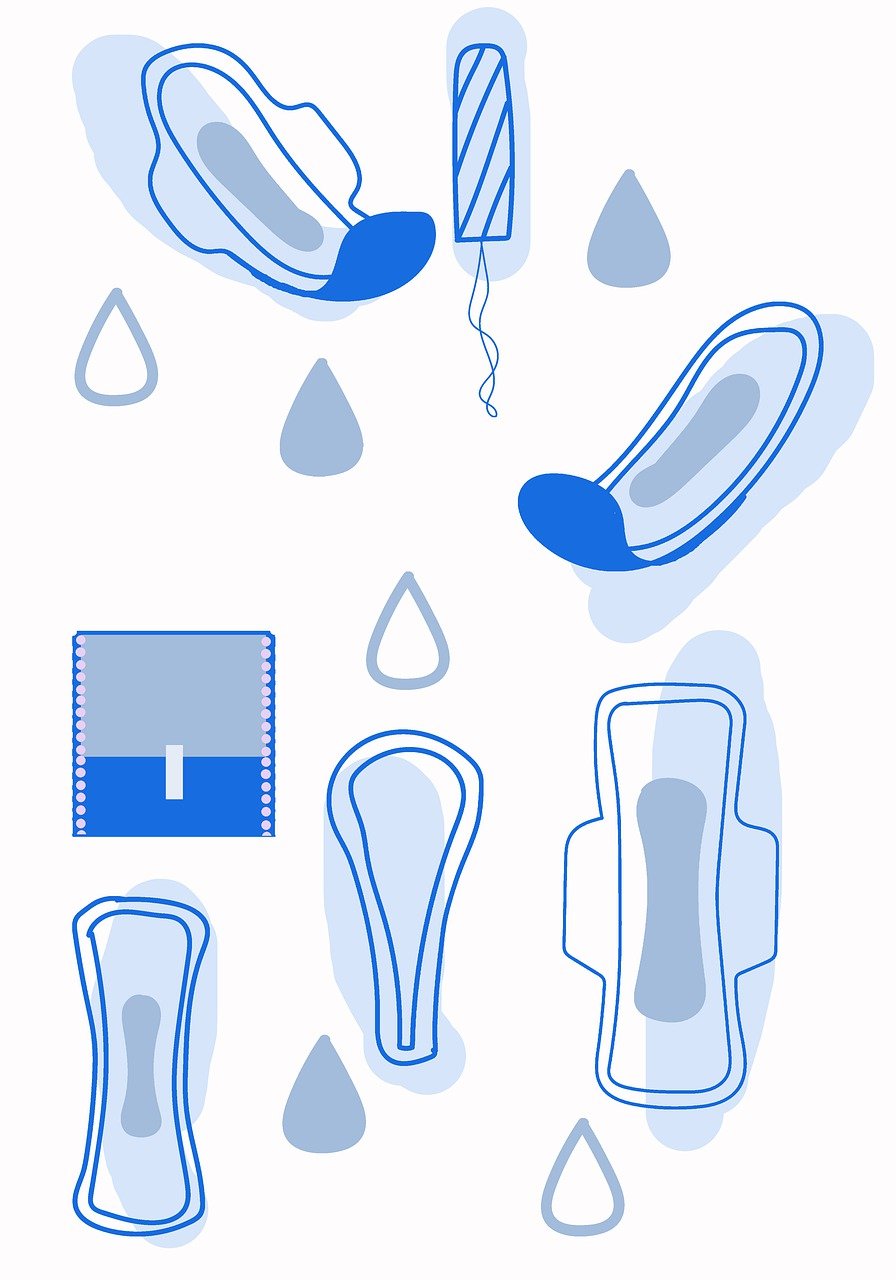Dear diaper purchasers, in today’s highly competitive diaper market, successfully purchasing high-quality products that meet your expectations is no easy task. This requires sharp market insight, precise judgment, and a clear understanding of the entire purchasing process. But don’t worry, this detailed guide will light your way and help you make wise and effective purchasing decisions.
Step 1: Clarify Market Demand
A thorough understanding of consumer preferences in your market is the first task of your purchasing journey. This includes a precise demand analysis of diaper sizes. Babies of different ages have significant differences in body size, so the demand for diaper sizes varies. You need to know the market demand ratio of each size to avoid overstocking some sizes while others are in short supply.
Functional requirements are key points that consumers focus on. Today’s consumers expect more than just leak prevention; they want super absorbency to ensure the baby stays dry throughout the night, excellent breathability to allow the baby’s skin to breathe freely, and soft, comfortable materials that feel like a mother’s embrace.
Additionally, environmental awareness is increasingly important. More parents are choosing diapers made of environmentally friendly and degradable materials to reduce environmental impact. Through in-depth market research, such as questionnaires, focus group discussions, and analysis of sales data and industry reports, you can accurately grasp consumer needs and market trends, laying a solid foundation for precise purchasing.
Step 2: Set the Purchasing Budget
Setting a reasonable purchasing budget is key to ensuring the sustainable development and profitability of your business. First, consider your business scale and expected profit goals. Small-scale purchasers may need to control costs more carefully to avoid financial strain, while larger-scale purchasers must plan their budgets to avoid resource waste.
Additional costs such as transportation and warehousing are also part of the budget. Transportation costs are affected by distance, methods (sea, air, land), and the weight and volume of goods. Sea transportation usually has lower costs but longer times, while air transportation is faster but more expensive. When choosing a method, weigh the pros and cons of time and cost.
Warehousing costs include rental fees, inventory management fees, and possible goods losses. Plan warehousing space to avoid waste and ensure inventory turnover to reduce losses from backlogs.
Reserve flexibility in the budget to cope with market fluctuations, exchange rate changes, and unforeseen cost increases. Through careful calculation and comprehensive consideration, formulating a realistic and forward-looking budget will provide a solid financial guarantee for your purchasing activities.
Step 3: Screen Suppliers
Finding suppliers with a good reputation, stable production capacity, and reliable quality assurance is crucial. Participating in industry exhibitions allows you to communicate face-to-face with many suppliers and directly understand their products and enterprise strength.
Online platforms are also a vast resource. Major B2B websites gather diaper suppliers from around the world. You can quickly find potential suppliers that meet your initial requirements through keyword searches and setting filter conditions.
Referring to recommendations from peers is wise. Communicating with purchasers in the same industry, their actual cooperation experiences and suggestions often have high reference value.
When establishing a list of potential suppliers, collect information widely. Focus not only on the supplier’s products but also on their enterprise background, market reputation, and customer evaluations. Ensure that the suppliers on the list can meet your purchasing needs.
Step 4: Evaluate Supplier Qualifications
Conducting a comprehensive evaluation of potential suppliers ensures the quality and stability of purchasing. Inspect production facilities for advanced equipment, efficient production lines, and an orderly environment reflecting the supplier’s capacity and management level.
Quality management systems are paramount. Reliable diaper manufacturers should have a perfect quality control process, with strict standards from raw material purchasing to finished product inspection. Understanding whether they have relevant quality certifications, like ISO 9001, provides a powerful reference.
R&D capability is another important factor. Suppliers with strong R&D teams can continuously launch innovative products to meet changing market demands.
Delivery capability is critical. Inspect the supplier’s production cycle, inventory management, and ability to handle emergency orders to ensure timely delivery.
The supplier’s financial status also matters. A stable financial status means continuous investment in production, ensuring supply chain stability. Request financial statements or evaluate through a third-party agency.
Step 5: Product Quality Inspection
Conduct strict quality inspections on diaper samples provided by suppliers. Safety of materials is the primary consideration to ensure raw materials are non-toxic and comply with relevant standards.
Absorbency tests are crucial. Simulate the baby’s urine amount and frequency to observe whether the diaper absorbs quickly and stays dry.
Leak-proof performance should not be sloppy. Check the design at the legs and waist by simulating movements to verify its effect.
Comfort is also important. Feel the softness of the material to ensure it won’t cause irritation.
In addition to self-inspection, entrusting a professional third-party inspection agency provides authoritative test reports.
Step 6: Negotiation and Contract Signing
Negotiating with suppliers on price, delivery date, and after-sales service protects your interests. Understand market conditions, combine your purchasing volume and expected profits, and strive for the best price conditions.
For the delivery date, set clear time nodes and liability for breach of contract to ensure timely delivery.
Clarify the supplier’s responsibilities for product quality issues, return and exchange policies, and support in market promotion and product training.
When signing the contract, review each clause to ensure completeness, accuracy, and legality. Clearly express important clauses like quality standards, prices, delivery dates, and liability for breach of contract to avoid ambiguity.
Step 7: Batch Trial Purchase
Conducting a small batch trial purchase before large-scale purchasing reduces risks. Test the actual performance in the market and observe consumer reactions and satisfaction.
Collect feedback, understand product advantages and disadvantages, and communicate with the supplier for improvements. Evaluate the supplier’s performance in handling small batch orders, including production efficiency, quality control, and timely delivery.
Based on trial purchase results, re-evaluate the supplier and products to determine if large-scale purchasing can proceed. Adjust the purchasing strategy if needed and seek suitable suppliers or products again.
Step 8: Monitor the Production Process
Maintain close communication with the supplier and regularly understand the production progress and quality control. Request regular production reports, including raw material purchasing, production progress, and quality inspection results.
Arrange personnel for on-site inspections at the supplier’s production site to visually understand the process and quality control measures. When problems are found, negotiate solutions with the supplier to ensure the production process is controllable.
Step 9: Logistics and Warehousing Planning
Arrange logistics transportation methods to reduce costs and risks. Select appropriate transportation based on volume, delivery date, and cost budget, and establish good relationships with logistics suppliers to ensure safe and timely delivery.
In warehousing, determine inventory levels based on market demand forecasts and purchasing cycles. Optimize layout, improve space utilization, and reduce costs. Use advanced inventory management systems to monitor dynamics in real-time to avoid backlogs or shortages.
Step 10: Continuous Improvement and Optimization
Adjust the purchasing strategy and optimize the product portfolio based on market feedback and sales data. Pay attention to market trends and changes in consumer demand, and introduce new styles and functions timely.
Establish long-term partnerships with suppliers to discuss improving product quality, reducing costs, and innovating in R&D. Professional diaper manufacturers can often provide valuable cooperation plans.
Monitor diaper suppliers’ reputations to understand which are highly praised for more references. When choosing long-term cooperative suppliers, focus on their qualifications to ensure a stable and reliable supply.
By following these ten steps, you will be well-equipped to make informed and strategic diaper purchasing decisions, ensuring quality, efficiency, and customer satisfaction. Feel free to contact and consult us at any time! (https://caresohygiene.com/product/)





